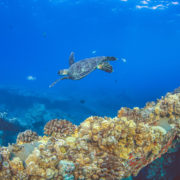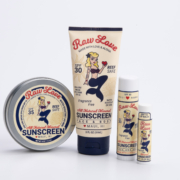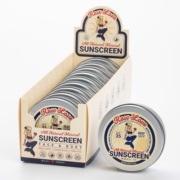What sunscreen ingredients are not reef safe
Chemical Ingredients to Avoid in Sunscreens
When choosing a sunscreen, it’s important to read the label carefully. Many traditional sunscreens contain chemicals that are harmful to coral reefs, marine life, and even human health.
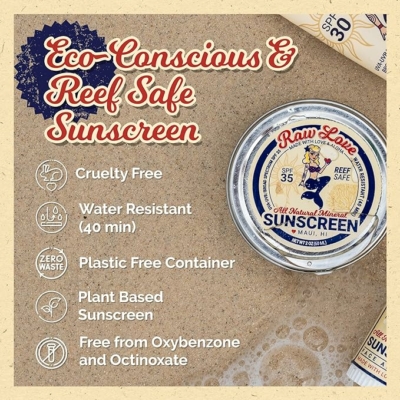
What are sunscreen ingredients to avoid?
Here are some of the main ingredients you should avoid when choosing a sunscreen:
- Oxybenzone: One of the most damaging ingredients to coral reefs. It can cause coral bleaching, disrupt marine reproduction, and damage coral DNA, making it harder for reefs to recover.
- Octinoxate: Another common chemical that contributes to coral bleaching and affects the growth and development of marine species.
- Octocrylene: This chemical can accumulate in coral tissues and may contribute to coral stress and damage. It can also break down into harmful byproducts under UV exposure.
- Homosalate: Used to absorb UV rays, but it can disrupt hormones in humans and accumulate in the environment.
- Avobenzone: Often used for UVA protection, but it can degrade quickly in sunlight unless stabilized with other chemicals that may be harmful to marine life.
- PABA (para-aminobenzoic acid): Less commonly used today, but when found, it can cause allergic reactions and harm aquatic ecosystems.
Instead, look for mineral-based sunscreens that use non-nano zinc oxide or titanium dioxide. These natural ingredients are not only effective at blocking the sun’s harmful rays, but they are also safe for the environment and gentle on your skin. Raw Love uses non-nano zinc oxide!
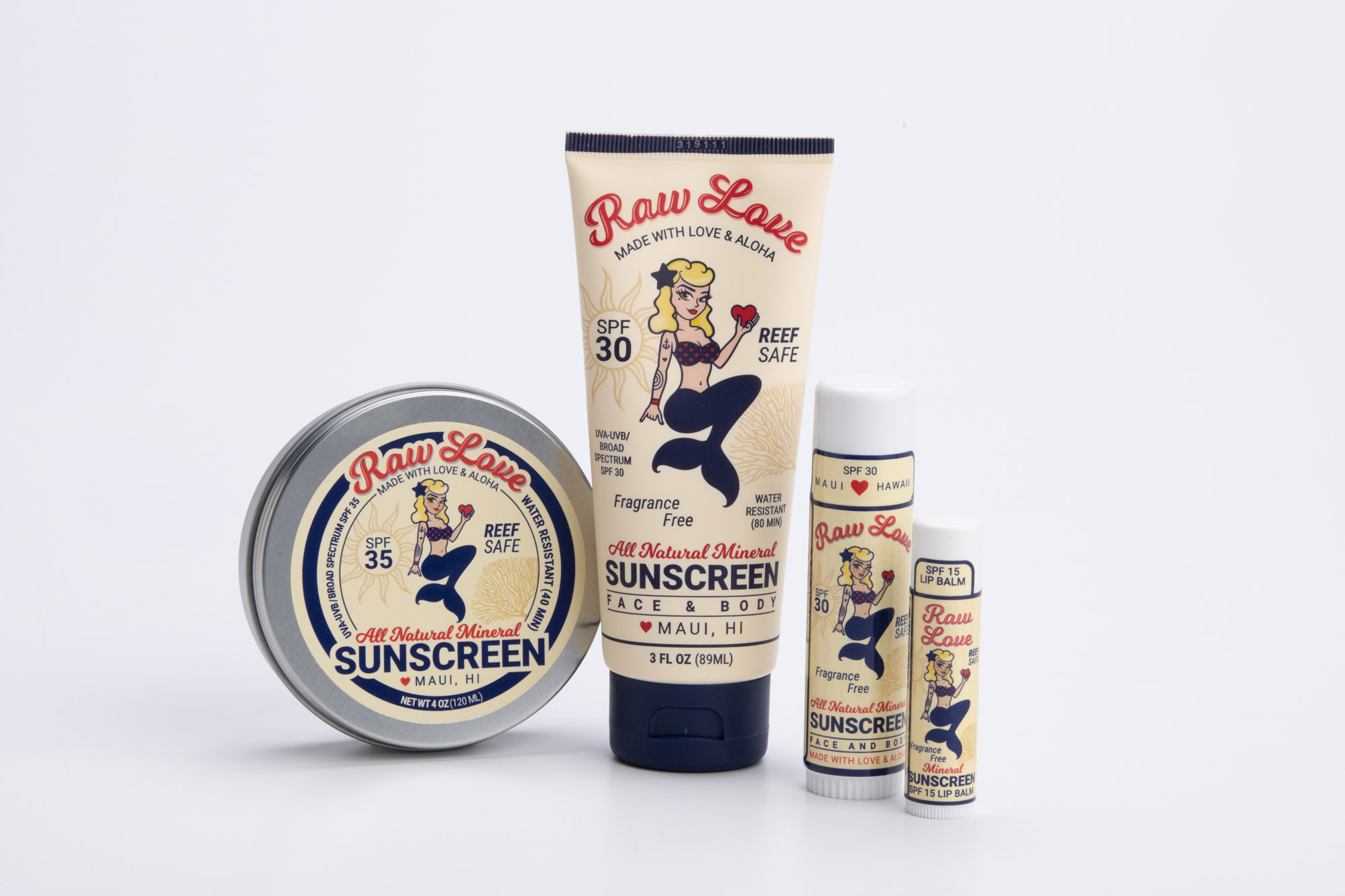
SHOP HERE!
Making the switch to reef-safe sunscreen is a simple way to protect both yourself and the incredible marine life that makes Maui—and the entire planet—so beautiful.
Why is Sunscreen Bad for Coral Reefs?
Many traditional sunscreens contain chemical ingredients like oxybenzone and octinoxate that can be extremely harmful to coral reefs. When swimmers wear these sunscreens and enter the ocean, the chemicals wash off into the water. Even a small amount—just a few drops in an Olympic-sized pool—can start damaging coral.
These chemicals can cause coral bleaching, which happens when corals lose the algae they rely on for food and color. Bleached coral is weaker, more vulnerable to disease, and can eventually die. Chemical sunscreens can also disrupt the growth and reproduction of coral and marine life, harming the entire underwater ecosystem.
Because coral reefs are so important for ocean health, coastal protection, and marine biodiversity, protecting them is essential. One easy way to help is by using reef-safe mineral sunscreens made with non-nano zinc oxide or titanium dioxide, which don’t harm corals or marine creatures.
Is Avobenzone Bad for Reefs?
Yes, avobenzone can be harmful to coral reefs. While it’s commonly used in chemical sunscreens to protect against UVA rays, studies suggest that avobenzone can break down in water and create byproducts that are toxic to marine life. It doesn’t cause as much direct coral bleaching as ingredients like oxybenzone or octinoxate, but it still contributes to overall water pollution and can stress marine ecosystems.
For the safest choice, it’s best to stick with reef-safe mineral sunscreens that use non-nano zinc oxide or titanium dioxide—both are much safer for coral reefs and ocean life!
By making small changes like choosing reef-friendly sunscreens, we can all help keep the ocean vibrant and healthy for future generations.
Choosing reef-safe mineral sunscreens helps protect our reefs and marine animals!


